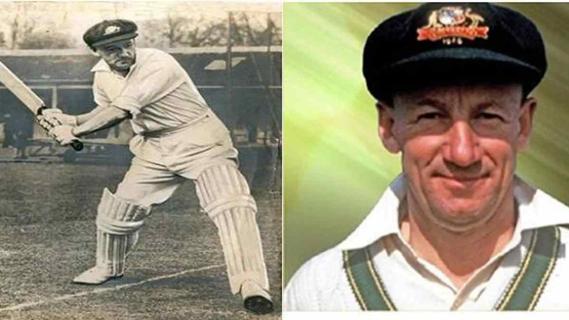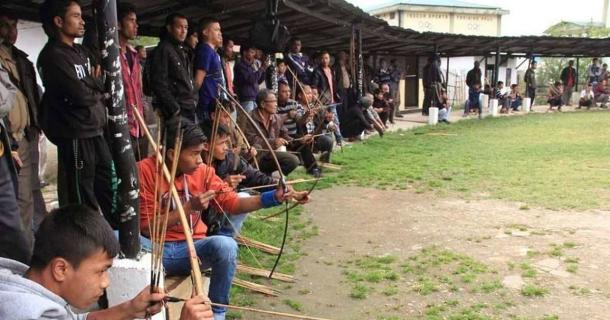Teer Khela, also simply called "Teer" (meaning "arrow" in Bengali), is a traditional betting game centered around archery. This game is especially popular in Shillong, the capital of Meghalaya, India, and is closely tied to the local Khasi culture. It is organized by the Khasi Hills Archery Sports Association, and the results, known as Teer Results, are eagerly awaited by participants.
Origins and Cultural Importance
Teer Khela has its roots in the archery practices of the Khasi tribe. Over time, it has transformed from a cultural activity into a popular betting game that draws participants from various regions.
How Teer Khela is Played
Teer Khela is played daily except on Sundays and public holidays, following a two-round format. In the first round, archers have five minutes to shoot a set number of arrows at a target. The same process is repeated in the second round. The winning number is derived from the last two digits of the total number of arrows that hit the target.
Steps to Play Teer Khela
Step 1: Grasp the Basics
Teer Khela is a combination of archery and betting. Participants bet on numbers they think will win based on the results of the two rounds of archery.
Step 2: Place Your Bets
Visit a Teer Betting Counter: Go to a licensed Teer betting counter or agent.
Choose Your Numbers: Pick a number between 00 and 99.
Place Your Bet: Tell the counter agent your chosen numbers and how much you want to wager, then pay the corresponding amount.
Step 3: Understand the Rounds
First Round (F/R): Held in the afternoon, archers shoot a set number of arrows at the target within a five-minute window.
Second Round (S/R): Conducted after a short break, following the same format as the first round.
Step 4: Arrow Counting
After each round, the arrows that hit the target are counted, and the winning number is based on the last two digits of the total count.
Step 5: Check the Results
Result Announcement: The results are announced soon after each round and can be seen at betting counters, online, or in local newspapers.
Collect Winnings: If your number matches the winning number, collect your winnings from the same counter where you placed your bet.
Step 6: Legal Considerations and Responsible Betting
Ensure that Teer Khela is legal in your region. The game is regulated in Meghalaya. Always bet within your means and avoid potential addiction and financial issues.
Pros and Cons of Teer Khela
Pros
Cultural Connection: Teer ties participants to their cultural heritage.
Community Involvement: The game fosters a sense of community and excitement.
Easy to Understand: The straightforward rules make it accessible.
Economic Impact: Local businesses involved in organizing and selling tickets benefit economically.
Cons
In-Person Only: The game is only available offline.
Regulation Issues: Some areas may face challenges with fairness and transparency.
Social Issues: Betting can lead to addiction and related problems.
Limited Appeal: Its popularity is mainly regional, limiting its broader appeal.
Shillong Teer Night Results
Shillong Teer also features evening draws, where results are announced later in the day. Participants eagerly await these results to see if their predictions were accurate and what prizes they might have won.
Shillong Teer Khela
Shillong Teer is a legal, traditional game held from Monday to Saturday at Polo Ground in Shillong. Tickets are available from 6 am daily, except on local and national holidays. The results are displayed on a result board daily.
Juwai Teer Khela
Juwai Teer, managed by Club Juwai, involves participants buying tickets and checking common numbers for the archery rounds. The winners are determined by the number of arrows hitting the target in each round.
Khanapara Teer Khela
Khanapara Teer is held in East Khanapara of the RiBhoi district and is organized by the ThemMarwet club, consisting of 12 local archery clubs. In each round, 30 to 50 archers shoot between 300 and 1000 arrows. The final score is derived from the last two digits of the total arrows that hit the target.











